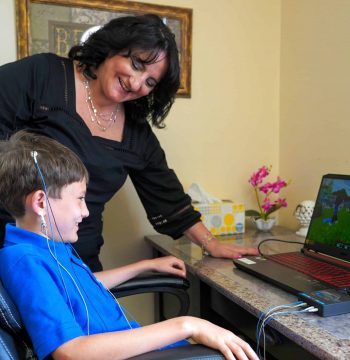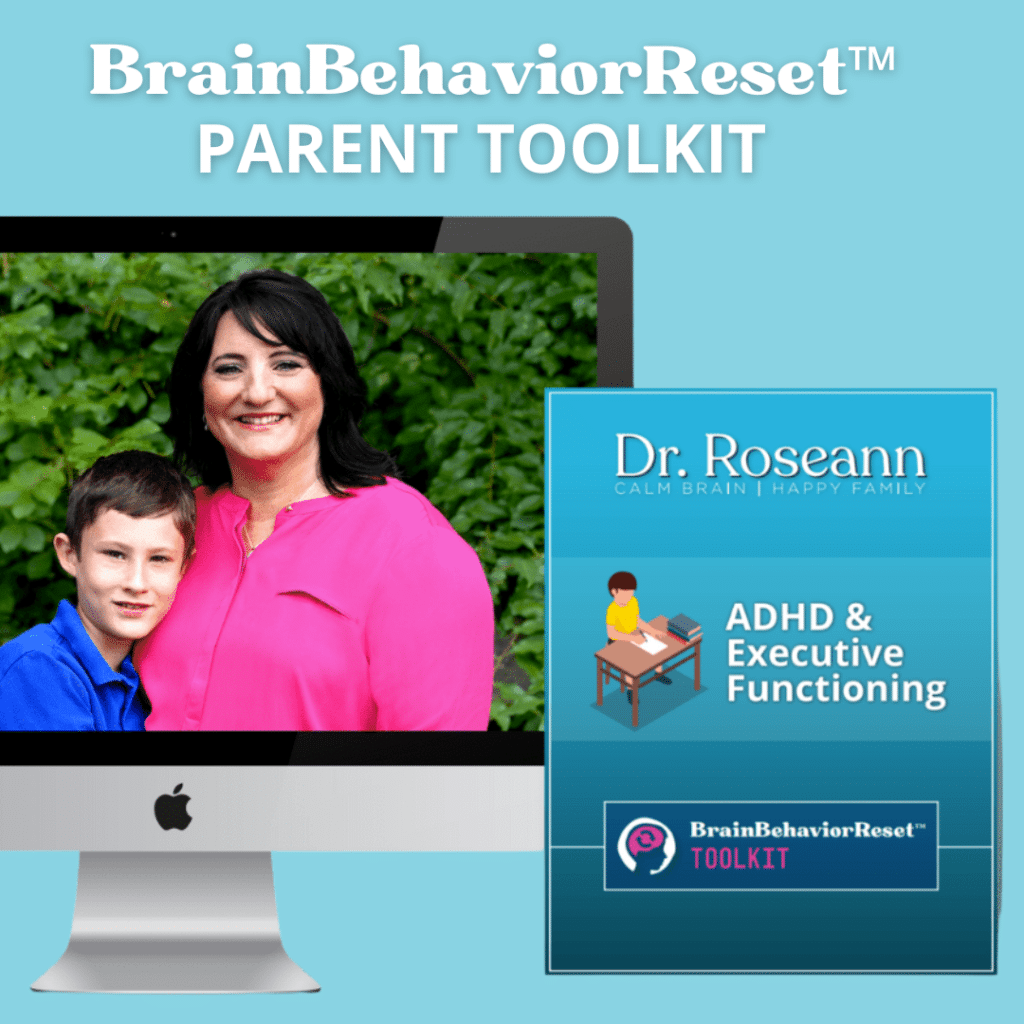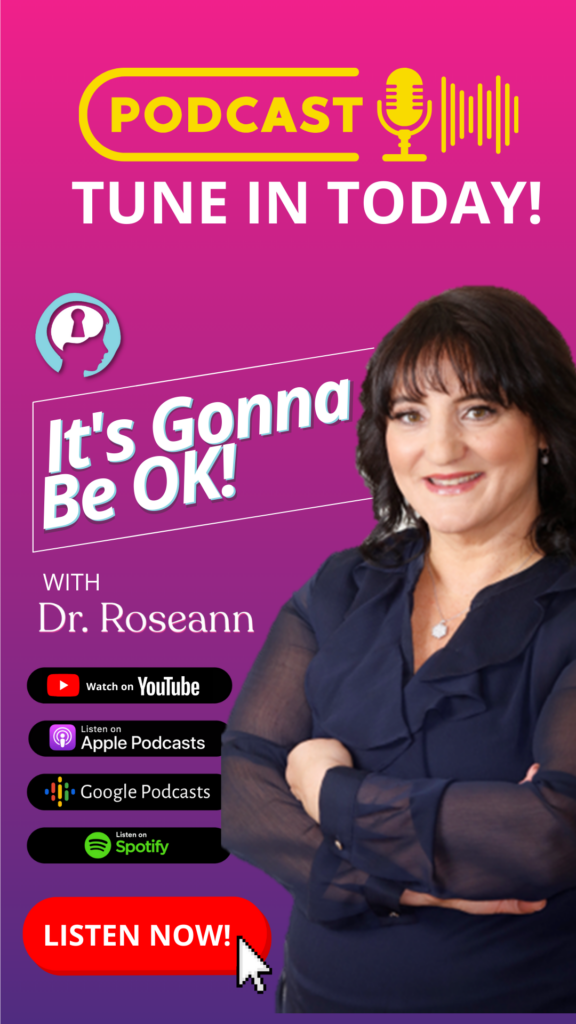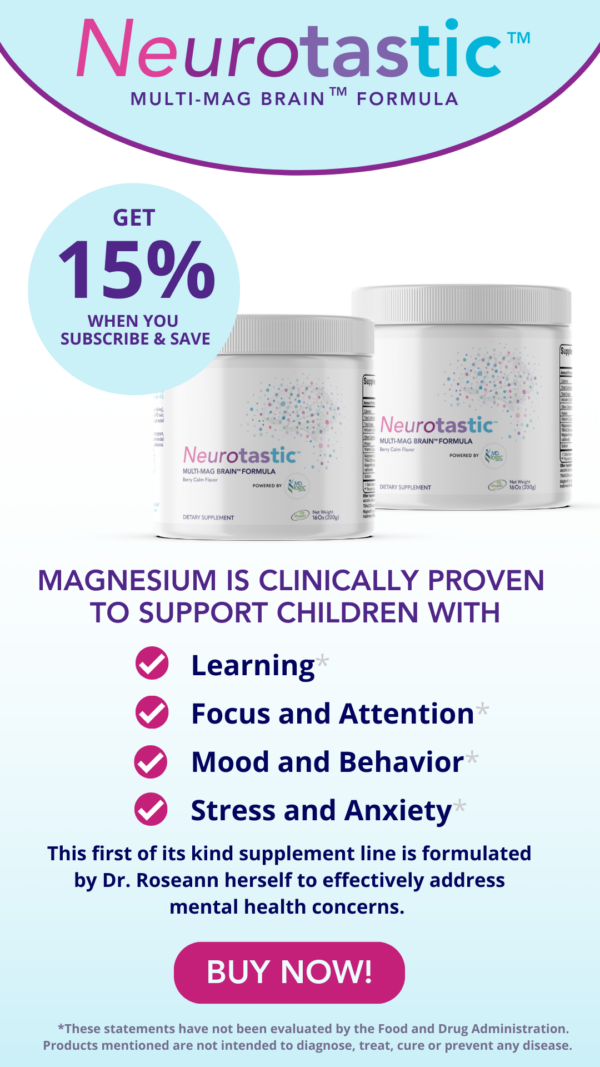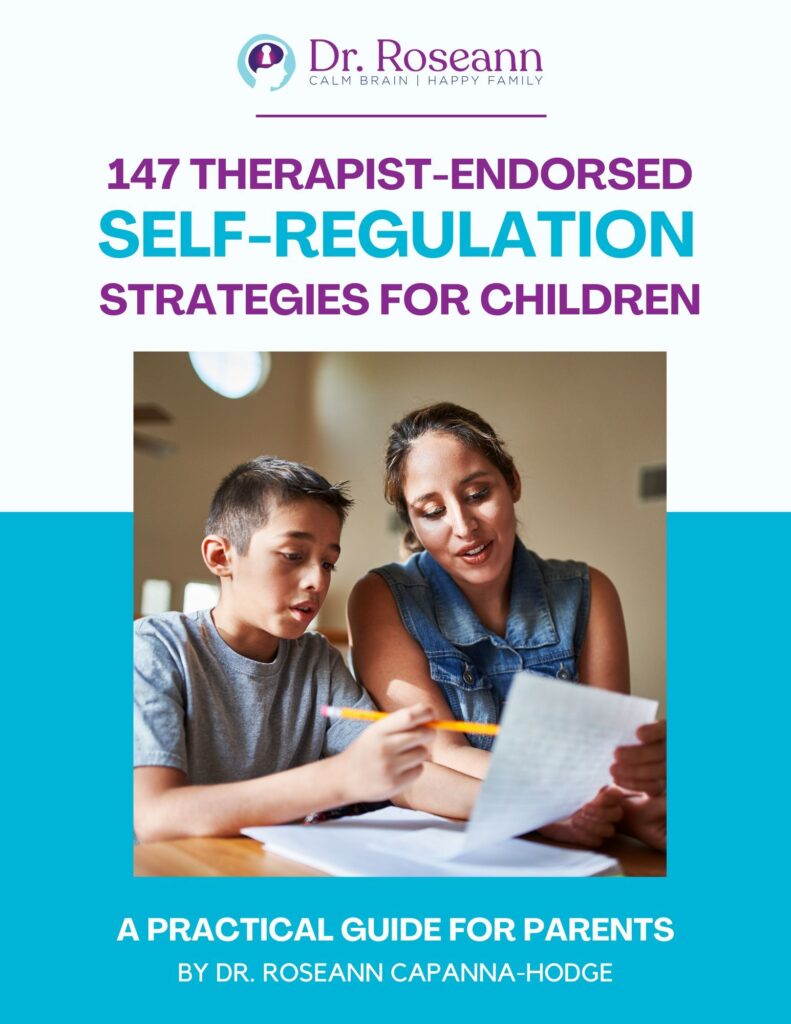When your child, teen, or young adult struggles with focus, organization, and regulating their behaviors or emotions, many parents wonder if their child has ADHD. There are many reasons why a kid may struggle with attention, distractibility, hyperactivity, and impulse control, so it is important to understand what ADHD really is.
Diagnosing Attention-Deficit Hyperactivity Disorder (ADHD) in children and teens involves several steps. No definitive ADHD test exists, and often professionals diagnose children after just a clinical interview. When making a diagnosis, all professionals use the diagnostic guidelines from the American Academy of Pediatrics or the American Psychiatric Association’s Diagnostic and Statistical Manual (DSM-5) to determine if the child meets certain clinical criteria.
Where to go for an ADHD diagnosis
The first step in diagnosing ADHD is scheduling a consult with a medical or mental health professional. A clinical diagnosis involves the gathering of information from several sources, including teachers, parents, and caregivers. Pediatricians often diagnose a child with ADHD after caring for a child over time or through the use of behavioral rating scales.
However, pediatricians are generalists and sometimes more specific ADHD guidance is needed. Therefore, visiting a neurologist, psychiatrist or a psychologist is recommended. Psychologists can not only make an ADHD diagnosis but can also work with a child through the psychotherapy and parent coaching process.
What is a Clinical Intake for ADHD?
A consult with a medical or mental health professional consists of a clinical intake. This a meeting where the medical or mental health professional gathers information to determine if your child has ADHD. They try to get a better picture of who your child is and what their strengths and needs are.
Moreover, through the interview process and observations, they will try to identify if the issues are developmental lags or clinical issues. These meetings can be lengthy and can be an hour or more.
They will collect the following information:
- Family history
- Birth history
- Early development
- Medical history
- Behavioral, Social, and Emotional History
- Educational History
- Strengths and weaknesses
- Parent concerns
How Dr. Roseann's ADHD Assessment is Different
Dr. Roseann “checks under the hood” and doesn't just rely on an interview, which can easily lead to a misdiagnosis. In a strategy session with Dr. Roseann, we collect information but one step further and use objective data from a QEEG brain map or a brain check to have a clearer diagnostic picture, which is so important in getting the right treatment plan. Sadly, at least 50% of the time when someone comes to me with and ADHD diagnosis, they really have another clinical condition. There are many reasons why a child or teen may be struggling with attention, motivation, or behavior besides clinical ADHD and those all should be ruled out. Dr. Roseann's specialty is to make sense out of all the information and create a solution plan that calms the brain and makes happy families.
With Dr. Roseann's 30-years of experience in working with thousands of kids and families, she knows how to put the pieces of the puzzle together with objective data to create a solution plan that takes you from chaos to calm. When we work with clients in our trademarked BrainBehaviorReset™ Program, we give families wrap around support and guidance that addresses root causes.
How does someone get a DSM-5 ADHD Diagnosis?
Whether determining ADHD in children or providing an ADHD diagnosis for adults, a physician or psychologist has to determine if certain DSM criteria are met.
ADHD symptoms must be present before age 12 and must include a persistent pattern of inattention or hyperactivity/impulsivity that interferes with functioning or development in two or more settings. Clear evidence exists that the symptoms interfere with, or reduce the quality of, social, school, or work functioning.
The DSM specifies that the symptoms can’t be explained by another mental disorder (such as a mood disorder, anxiety disorder, dissociative disorder, or a personality disorder). The symptoms do not happen only during schizophrenia or another psychotic disorder.
The following are the DSM-5 criteria for ADHD:
Inattention: Six or more symptoms of inattention for children up to age 16, or five or more for adolescents 17 and older and adults; symptoms of inattention have been present for at least 6 months, and they are inappropriate for developmental level:
- Often fails to give close attention to details or makes careless
mistakes in schoolwork, at work, or with other activities. - Often has trouble holding attention on tasks or play activities.
- Often does not seem to listen when spoken to directly.
- Often does not follow through on instructions and fails to finish schoolwork, chores, or duties in the workplace (e.g., loses focus,side-tracked).
- Often has trouble organizing tasks and activities.
- Often avoids, dislikes, or is reluctant to do tasks that require mental effort over a long period (such as schoolwork or homework).
- Often loses things necessary for tasks and activities (e.g., school materials, pencils, books, tools, wallets, keys, paperwork, eyeglasses, mobile telephones).
- Is often easily distracted.
- Is often forgetful in daily activities
Hyperactivity and Impulsivity: Six or more symptoms of Hyperactivity-impulsivity for children up to age 16, or five or more for adolescents 17 and older and adults; symptoms of hyperactivity-impulsivity have been present for at least 6 months to the extent that is disruptive and inappropriate for the person’s developmental level:
- Often fidgets with or taps hands or feet, or squirms in seat.
- Often leaves seat in situations when remaining seated is expected.
- Often runs about or climbs in situations where it is not appropriate (adolescents or adults may be limited to feeling restless).
- Often unable to play or take part in leisure activities quietly.
- Often “on the go” acting as if “driven by a motor.”
- Often talks excessively.
- Often blurts out an answer before a question has been completed.
- Often has trouble waiting his/her turn.
- Often interrupts or intrudes on others (e.g., butts into conversations or games)
What Types of ADHD are there?
Based on the types of symptoms, which must be present before age 12 and occur for more
than six months, there are three subtypes of ADHD:
- Predominantly Inattentive Type: symptoms of inattention are present
- Predominantly Hyperactive-Impulsive Type: symptoms of hyperactivity-impulsivity are present
- Combined Type (also called Predominantly Combined Subtype of ADHD): symptoms of both inattention and hyperactivity-impulsivity are
present
What Other Diagnoses Should be Considered?
Since ADHD causes attention and executive functioning problems, part of a clinical diagnosis requires the ruling out of other conditions that present similarly. One’s impaired attention may occur for a variety of reasons with ADHD being only one. A long list of issues can impair attention in the same manner as organic-based ADHD, including but not limited to anxiety, depression, PTSD, OCD, concussion, learning disability, Dyslexia, Autism, chronic health conditions, toxic exposures, nutrient deficiencies, dietary issues, Lyme, and PANS/PANDAS.
ADHD symptoms in kids often look the same as the ones for children with anxiety, OCD, learning difficulties, depression, autism, sensory processing, birth trauma, PTSD, nutritional deficiencies, and genetic issues because they might be having a hard time focusing or controlling impulses.
A child or teen may not even have a clinical issue and instead may be reacting to developmentally inappropriate school work or the wrong classroom or peer environment. It is important that other conditions be ruled out before a diagnosis of ADHD is made to identify the right treatment.
What are ADHD Assessments?
The next step typically involves some level of testing for ADHD. Many providers use rating scales or questionnaires that tease out how specific behaviors related to attentional concerns impact the child at home or school.
The provider will consider how a child's behavior compares with that of other children the same age. Additionally, he or she may use standardized rating scales or direct measures of attention and executive functioning to document these behaviors. While rating scales are not a perfect tool, they can provide a wealth of behavioral information that not only helps identify diagnostic criteria but guide therapy.
When one presents with attentional, executive functioning, or processing issues that interfere with academic performance, then a more comprehensive evaluation is needed. These evaluations are also referred to as psychoeducational or neuropsychological evaluations.
A comprehensive evaluation encompasses several hours of individually administered standardized tests in cognitive, behavioral, and academic areas. Not everyone with ADHD requires a comprehensive evaluation. However, for those that are struggling academically, it can be instrumental in identifying areas that need more support at school via an Individual Education Plan (IEP) or 504 Accommodation Plan.
What Causes ADHD?
The way a person’s central nervous system functions impacts ADHD, meaning that medical tools can help with a more definitive diagnosis. The research tells us that those with ADHD have “cortical slowing,” which is characterized by an elevation of low-frequency theta waves and a reduction of higher frequency beta waves in the prefrontal cortex. Therefore, from a medical perspective, using tools that measure brain waves can help diagnose ADHD.
What is a QEEG?
In very simple terms, QEEG is a computer analysis of the EEG data, which is a measure of the surface electrical of the brain. With a QEEG, a cap is placed on one’s head, and surface electrical activity is measured. The EEG activity is recorded and statistically analyzed, and the data is compared against a database. It is a visual way to see brain functioning regarding brain waves to clearly identify what specific areas of the brain are overworking or underworking, as well as how effectively is the brain's communication system processing information, alerting, and self-regulating. QEEG’s give us information about the formation of brainwaves or patterns and certain brainwave patterns are associated with certain conditions. For example, with ADHD, a person with ADHD displays a clear pattern of too many slow brain waves and not enough focused brain waves in the frontal lobes. In other words, they have to many “daydreamer” brainwaves and not enough gas to alert, shift attention, organize thoughts and behaviors, and put the breaks on impulsive thoughts and actions.
How is a QEEG Brain Map a Diagnostic Tool?
A brain map is a very accurate diagnostic tool that can really identify what areas of the brain are under or overworking, so you can make a treatment plan that addresses specific behaviors to create lasting change. A QEEG brain map is a more effective means of assessing if a child has ADHD than just a clinical interview or the use of rating scales, which often only entails a 15-minute meeting. Research demonstrates that a QEEG brain map is 89% accurate as a diagnostic test of ADHD versus behavioral rating scales which are 47 to 58% accurate. Behavioral rating scales are not only subjective; they only give us a glance as to what is impacting the Central Nervous System (CNS), especially since ADHD in adults is different than in children. Starting with a QEEG brain map is a great way to know diagnostically what the real issues are. By objectively looking at the brainwaves, we can see what is impacting the CNS and causing dysregulation and thereby get a clearer diagnostic picture. A QEEG provides a wealth of diagnostic information that is imperative in getting to the root cause.
Is the Brain Activity of Those with ADHD Different?
We know through research that the brainwave activity of those with ADHD is different than those with normal attention. With a QEEG, again you can see how the brain waves form over certain
areas of the brain that coordinate with specific neuropsychological function. A person with ADHD or executive functioning difficulties have impaired frontal lobe activity. And the front lobes are important for both attention and executive functioning. Attention and executive functioning are two different skills that are controlled by the frontal lobes and when the frontal lobes are dysregulated, then a person will struggle with alerting and taking action. The good news is neurofeedback is a safe and effective treatment that gets the brain to self-regulate to a person can focus, process faster, and calm impulses.
When we have access to brainwave data, we can see why a person with attention, distractibility, executive functioning, or impulse control problems is struggling and know exactly what areas of the brain to train with neurofeedback and what executive functioning skills to build.
Always remember… “Calm Brain, Happy Family™”
Are you looking for SOLUTIONS for your struggling child or teen?
Dr. Roseann and her team are all about solutions, so you are in the right place!
There are 3 ways to work with Dr. Roseann:
You can get her books for parents and professionals, including: It’s Gonna Be OK™: Proven Ways to Improve Your Child’s Mental Health, Teletherapy Toolkit™ and Brain Under Attack: A Resource For Parents and Caregivers of Children With PANS, PANDAS, and Autoimmune Encephalopathy.
If you are a business or organization that needs proactive guidance to support employee mental health or an organization looking for a brand representative, check out Dr. Roseann’s media page and professional speaking page to see how we can work together.
Dr. Roseann is a Children’s Mental Health Expert and Therapist who has been featured in/on hundreds of media outlets including, CBS, NBC, FOX News, PIX11 NYC, The New York Times, The Washington Post,, Business Insider, USA Today, CNET, Marth Stewart, and PARENTS. FORBES called her, “A thought leader in children’s mental health.”

She is the founder and director of The Global Institute of Children’s Mental Health and Dr. Roseann Capanna-Hodge. Dr. Roseann is a Board Certified Neurofeedback (BCN) Practitioner, a Board Member of the Northeast Region Biofeedback Society (NRBS), Certified Integrative Medicine Mental Health Provider (CMHIMP) and an Amen Clinic Certified Brain Health Coach. She is also a member of The International Lyme Disease and Associated Disease Society (ILADS), The American Psychological Association (APA), Anxiety and Depression Association of America (ADAA) National Association of School Psychologists (NASP), International OCD Foundation (IOCDF) International Society for Neurofeedback and Research (ISNR) and The Association of Applied Psychophysiology and Biofeedback (AAPB).
© Roseann-Capanna-Hodge, LLC 2023
Disclaimer: This article is not intended to give health advice and it is recommended to consult with a physician before beginning any new wellness regime. *The effectiveness of diagnosis and treatment vary by patient and condition. Dr. Roseann Capanna-Hodge, LLC does not guarantee certain results.



